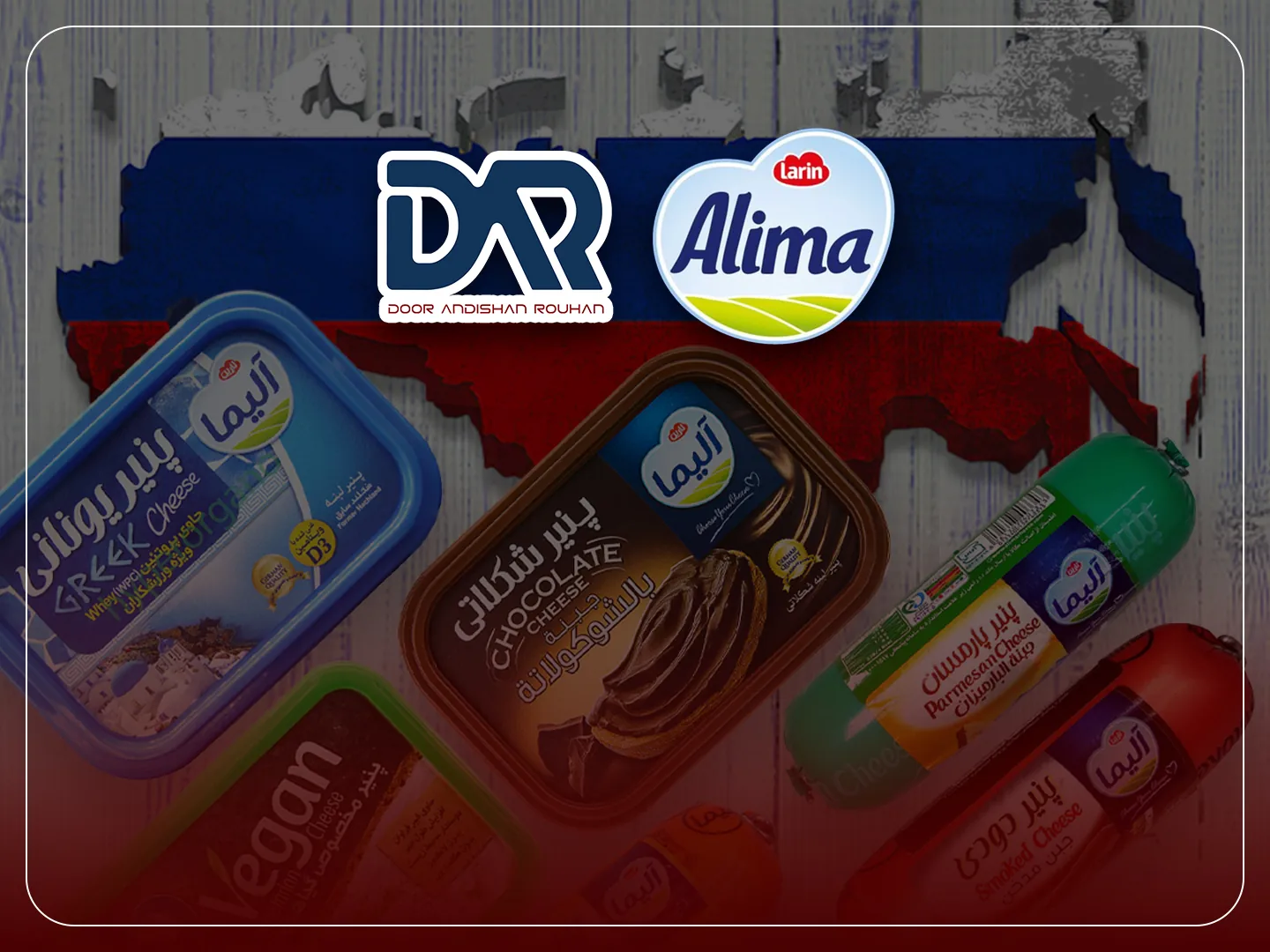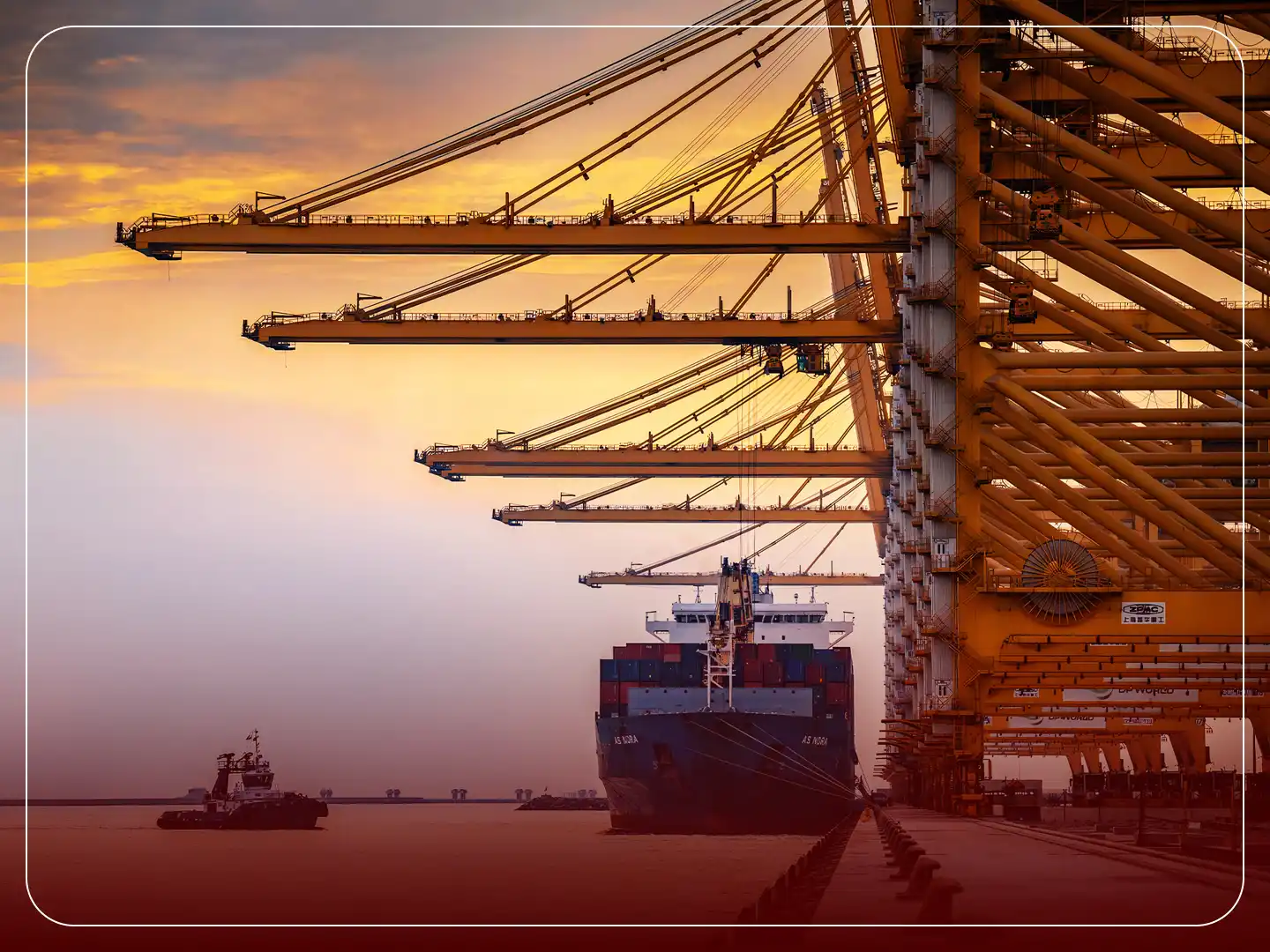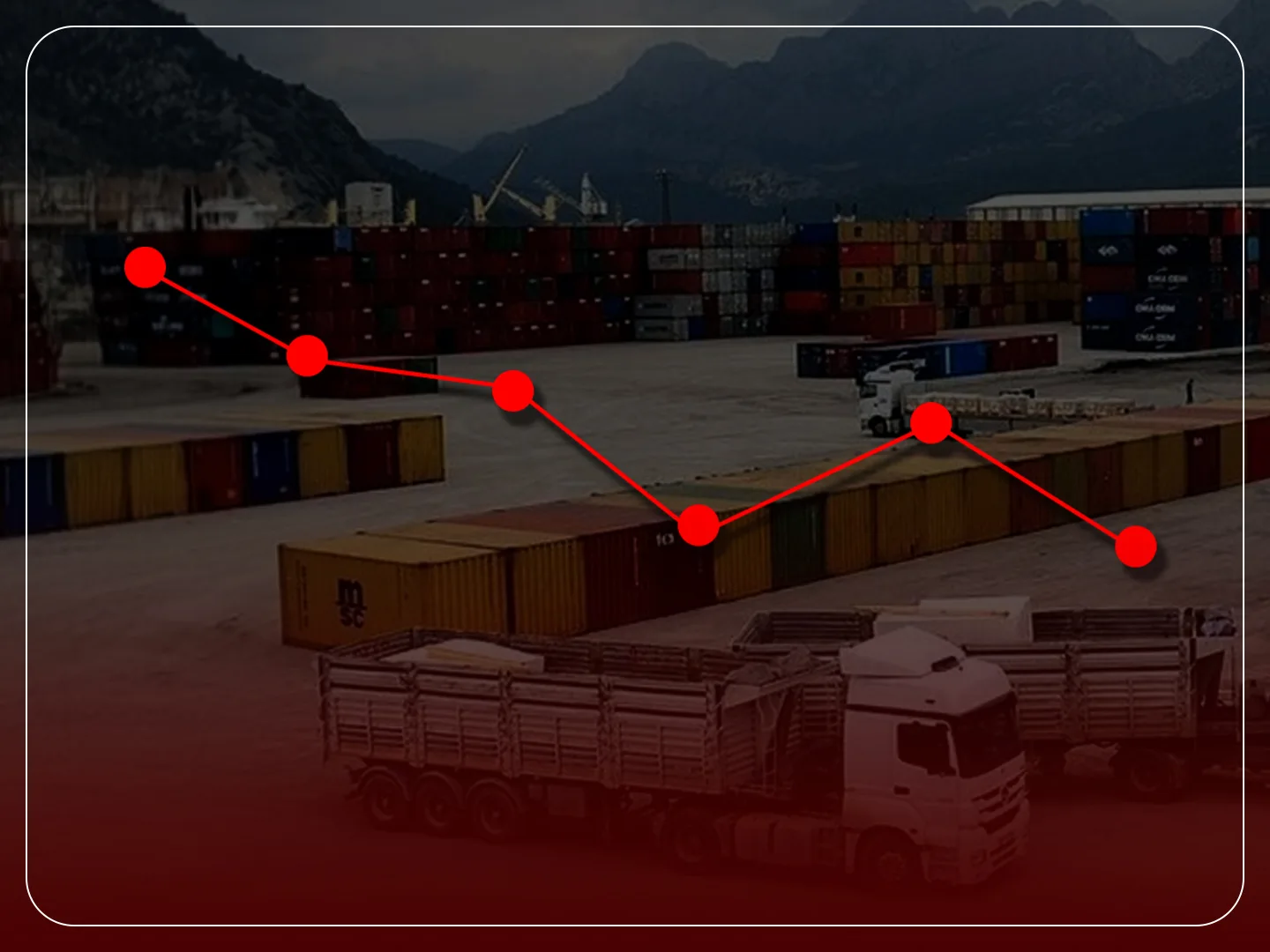Iran Crude Exports Steady at Approximately 1.8 Million bpd as Sanctions Evolve
Despite U.S. and European sanctions piled on, Iranian oil exports have traded near multi-year highs in mid-2025. Multiple trackers indicate shipments of close to ~1.8 million barrels per day (bpd) in June and into early Q3, supported by sustained Chinese buying and a "shadow fleet" of older tankers that operate outside mainstream insurance. Broader global market conditions—most notably the 2025 slowdown in demand growth—offer further context for where Iranian barrels stand.
The State of Play: Volumes, Buyers, and Routes
Iran's 2025 crude exports are a paradox: they persist in defying sanctions and remain obstinately high, yet the mechanics driving them are murky.
Volumes Hold Near Multi-Year Highs
Tanker-tracking data in June and July 2025 consistently report volumes close to 1.8 million barrels per day (mbpd), putting Iran at level with its recent peak. These volumes suggest Tehran has found a winning formula: prioritize exports to friendly buyers, accept discounts, and use alternative logistics to stay under the radar.
China in the Middle
China remains the uncontested center of Iranian crude demand. Iranian barrels are attractive to independent refiners—often called "teapots"—because of steep discounts to comparable Middle Eastern grades. Much of this crude is blended with other volumes or rebranded, which helps mask its Iranian origin once in the supply chain. For Beijing, it's an energy security bet: cheap and reliable barrels that reduce exposure to traditional suppliers.
Routes and Strategies
Iran's crude typically travels by Indian Ocean long-haul routes with ship-to-ship (STS) transfers in the Gulf of Oman, near Singapore, or even off the coast of Malaysia. These transfers make cargo harder to trace, though shipping analysts and satellite imagery still manage to piece together reliable volume estimates. Route diversity frustrates enforcement and enables Iran to maintain high volumes under pressure.
The Logistics Backbone: The "Shadow Fleet"
The lifeline of Iran's petroleum trade is the so-called shadow fleet, a group of elderly tankers that operate largely outside Western regulatory control.
Fleet Size and Structure
By mid-2025, this fleet is estimated to account for roughly a fifth of the global tanker pool. The vessels are mostly 15–20 years old, flags of convenience, and insurance arrangements with non-Western insurers. Ownership is knowingly opaque, with several layers of shell companies in different jurisdictions making accountability difficult.
Operational Tactics
These ships use tactics including:
• Ship-to-ship transfers to mask origin.
• Flag-hopping, with vessels changing registries multiple times to complicate tracking.
• AIS gaps, where ships turn off tracking equipment on sensitive parts of the route.
These methods add cost—premiums, maintenance, and logistical inefficiencies—but succeed in keeping Iranian barrels in place. For Tehran, the trade-off is tolerable: discounts and logistical costs reduce netback revenues, but the strategy ensures continued cash flow.
Global Context: Demand Soft Patch, Supply Cushion
Iranian export resilience needs to be considered against the overall oil market backdrop of 2025.
Demand Growth Slows
The International Energy Agency (IEA) lowered its demand growth forecast to ~680,000 barrels per day in 2025 and ~700,000 in 2026, citing weaker consumption in China, India, and Brazil. For Iran, this slowdown means greater competition in finding a home for discounted barrels in the Asian market.
Non-OPEC+ Supply Expands
Meanwhile, non-OPEC+ producers, particularly the U.S., Brazil, and Guyana, continue to add barrels to the market. This expansion keeps the market well supplied, pressuring prices. Under such conditions, sanctioned suppliers like Iran must offer deeper discounts to clear their crude.
Strategic Implications
For Tehran, the strategy is simple: volume is more important than price. By keeping exports near record levels, Iran secures hard currency revenues even if profits per barrel are lower. The alternative—cutting volumes to defend price—is less appealing when sanctions already limit market access.
Sanctions Enforcement: Pressure Points and Uncertainties
Sanctions enforcement in 2025 has targeted indirect choke points instead of direct bans.
Vessel-Centric Sanctions
The U.S., EU, and UK have increasingly targeted tankers linked to Russian and Iranian flows. Measures involve blacklisting ships, insurance bans, and sanctions on shipbrokers. This has slowed the growth of the shadow fleet, making operations more costly. But given the fleet is already large, Iran has been spared major disruptions—at least for the time being.
Policy Debates in Washington and Europe
The U.S. has to balance policy: forceful enforcement would cut Iranian exports substantially, in accordance with sanctions goals, but at the expense of pinching global oil supply and driving up prices. At the opposite side of the continuum, less stringent enforcement allows Iran to earn revenues that critics say undermine sanctions. In mid-2025, the compromise appears to be "targeted pressure without market shocks"—an approach that is keeping Iranian flows elevated.
Near-Term Signals to Watch
The path of Iran's crude exports towards the end of 2025 will depend on several key indicators.
Chinese Refining Margins
Chinese independent refiners remain the pivot of demand. Their margins, influenced by both policy at home and exports of products, will dictate how much Iranian crude they can absorb. A breakdown or sluggishness in refining margins or closer government monitoring could reduce buying interest.
Fleet Attrition vs. Enforcement
Older tankers in the shadow fleet also face higher risks of mechanical failure and insurance rejection. If enforcement is coordinated with natural attrition, Iran could face bottlenecks in crude shipping. The recent slowdown in shadow-fleet expansion is a warning sign: if it tips into contraction, export logistics could tighten quickly.
Seasonal and Geopolitical Factors
Asian winter demand patterns, policy adjustments in OPEC+, and evolving U.S.-China dynamics will influence the space Iran has to operate. Minor adjustments to these variables would alter Tehran's ability to sustain ~1.8 mbpd.
Conclusion
Iran has continued to export at near ~1.8 mbpd into mid-2025 thanks to a compliant buyer base, mostly in China, and a sanctions-busting logistics infrastructure. The macro environment is less friendly than in the immediate post-2022 period, however: softer demand growth and tight non-OPEC+ supply put upwards pressure on price. The wildcards from here are enforcement stringency and Asian refining economics. If those can be contained, Iran can likely sustain high volumes.
Source: ISW





